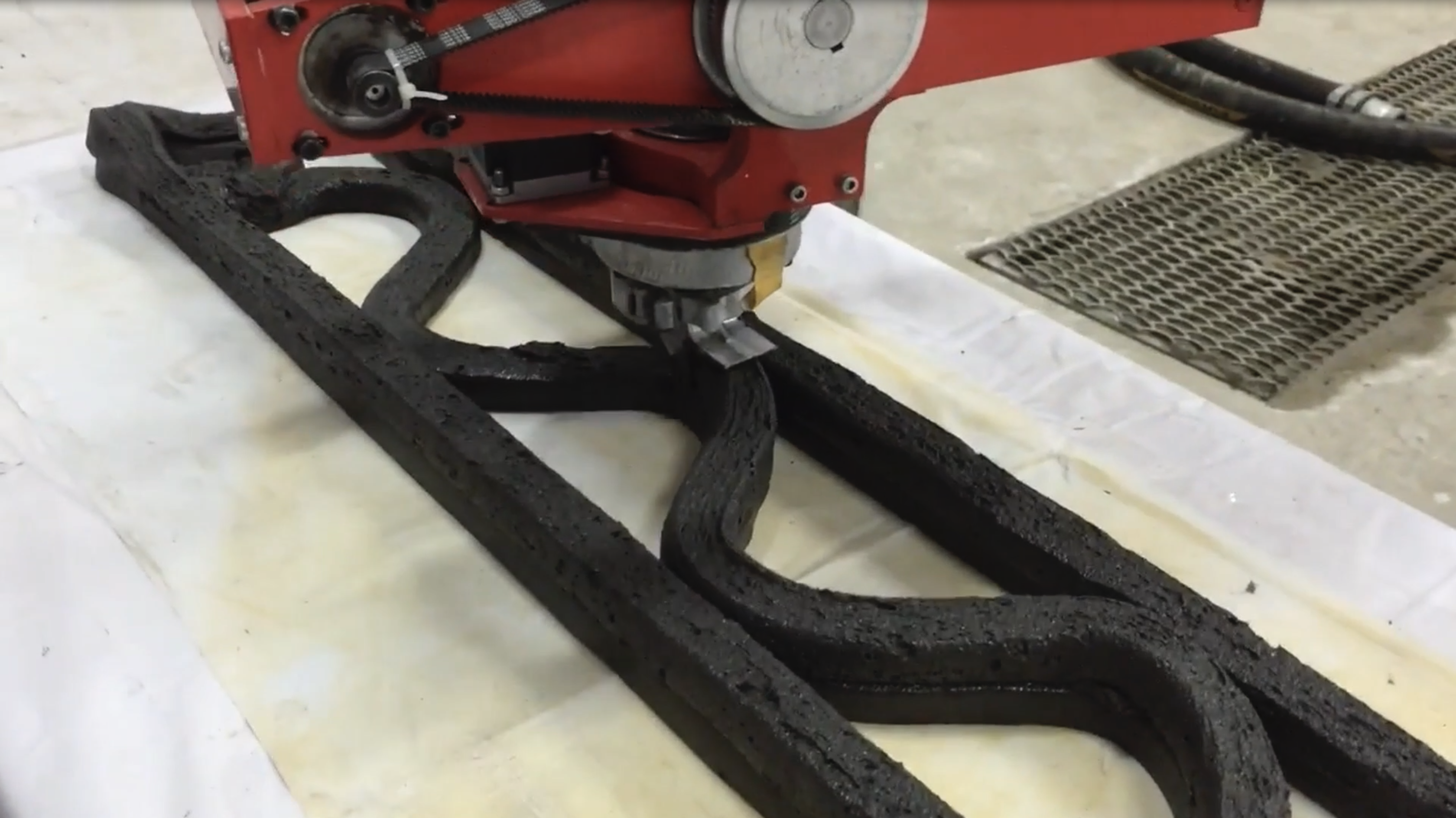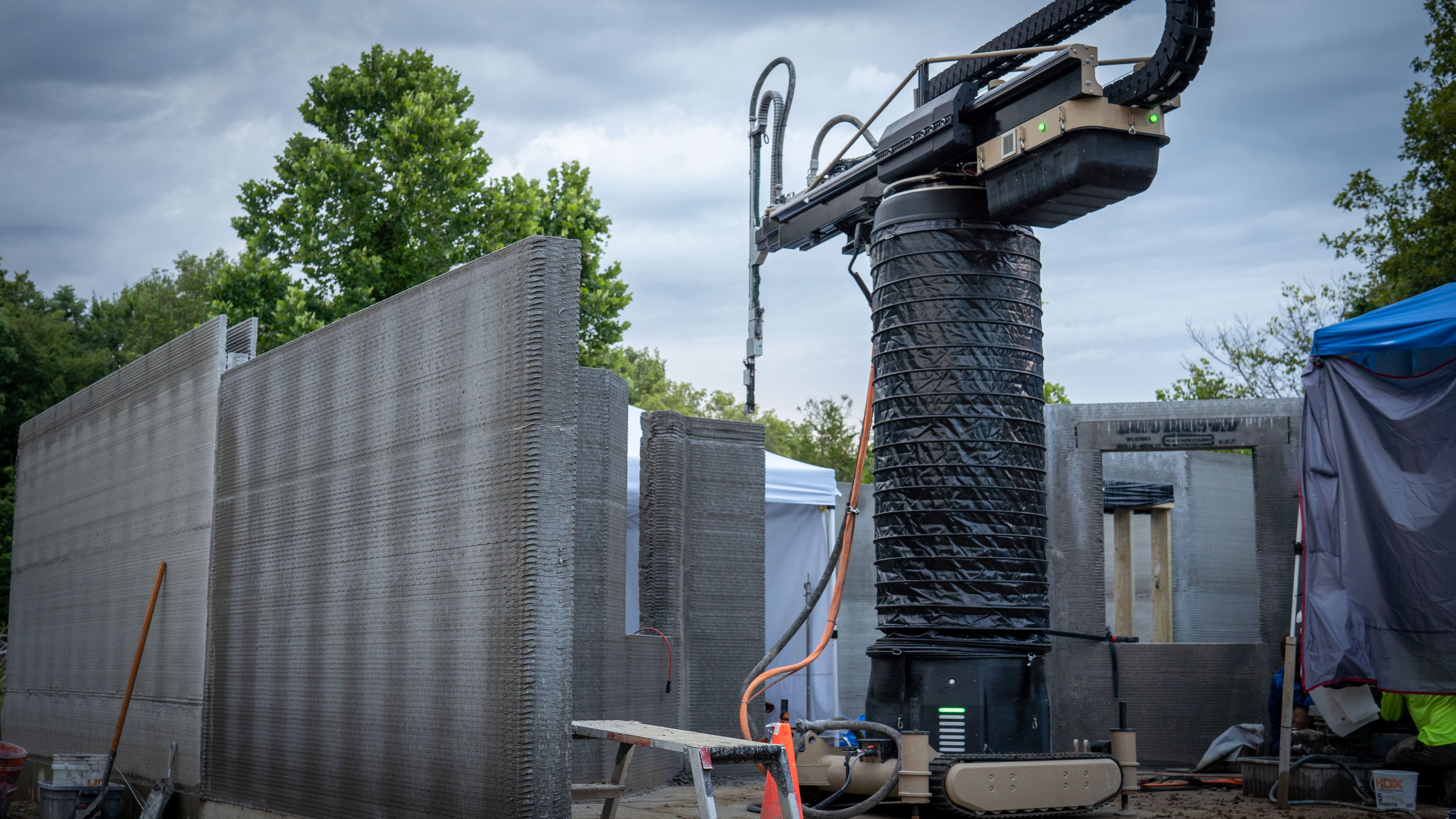The Effects of Cement and Global Warming
Cement’s Impact on Our World
As millions around the world begin to feel the effects of climate change, concrete and cement production have entered the spotlight as a contributor to greenhouse gas emissions. With more than 10 billion tons of concrete being produced annually, concrete is the most consumed material in the world—other than water. With three tons used for every person in the world annually, twice as much concrete is used in construction as compared to all other building materials.
Climate advocates often cite that currently, cement manufacturing produces about 0.9 pounds of CO2 for every pound of cement. When evaluating the carbon footprint of concrete pavements, it is important to recognize the difference between cement and concrete. While cement is an energy-intensive product, concrete is actually one of the world’s most CO2-efficient and sustainable construction materials. Since cement is only a fraction of the constituents in concrete, manufacturing a cubic yard of concrete (about 3900 lbs) is responsible for emitting about 400 lbs of CO2. Overall, U.S. cement manufacturing accounts for less than 1.5% of all U.S. human-generated CO2 emissions, and globally that number is closer to 3%.
Putting CO2 Emissions Into Perspective
The average 2,000 square foot home has two primary components which contain cement – the foundation and the walls of the home. This breaks down to roughly 25 cubic yards of concrete for the foundation and approximately 14.5 cubic yards to construct the walls, which produces about 18,560 net pounds of CO2. That’s about the same amount of CO2 produced by a coal power plant to power only 10 incandescent 60-watt light bulbs over a 3 year period.
Cement, Concrete, and CO2
CO2 emissions from a cement plant are divided into two source categories:
- Combustion (40% of emissions)
- Calcination (60% of emissions)
The combustion-generated CO2 emissions are related to fuel use. The CO2 emissions due to calcination are formed when the raw materials (mostly limestone and clay) are heated to more than 2500°F and CO2 is liberated from the decomposed minerals. During the life of a concrete pavement, the concrete that is exposed to air slowly absorbs nearly 60 percent of the CO2 released by calcination during the cement manufacturing process (Nordic Innovation Centre Project 03018). The carbonation process continues even after the pavement is demolished and the concrete is crushed and reused.
Unlike vehicle emissions which are produced from a moving automobile, emissions from cement production are classified as point-source emissions generated from stationary factories. Thankfully, point-source emissions are easier to mitigate because carbon capture technologies such as modular carbon scrubbers which can reduce emissions by up to 90% when installed at the factory, as opposed to catalytic converters which must be installed on every single vehicle to control emissions.
With more environmentally responsible cement production, it’s possible to reduce emissions to the point that concrete becomes a carbon-negative construction material.


